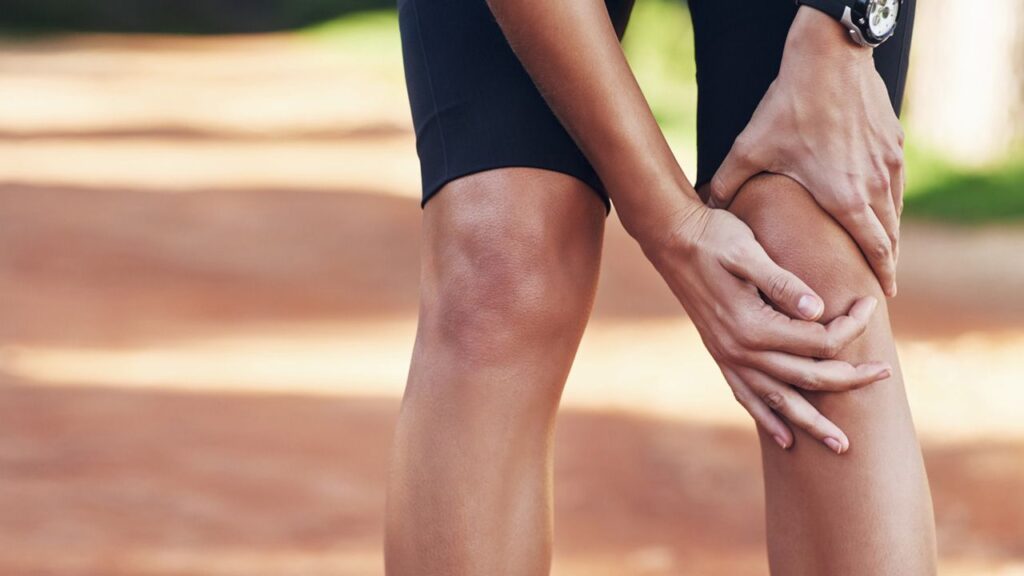
Runner’s knee, also known as patellofemoral syndrome
The most frequent reason for discomfort in the anterior knee is a patellofemoral syndrome. The discomfort may become better with rest and gets worse with stair climbing, squatting, jogging, or simply strolling. Patients could describe a “grinding or popping” feeling, which might get worse when they stand up after a lengthy period of sitting (known as the theatre sign).
The knee may frequently feel “full” and appear slightly swollen.
Although the precise origin of this disease is still up for discussion, it is linked to the improper patella (knee cap) tracking on the femur.
During knee flexion and extension, the patella is positioned laterally (to the outside) rather than smoothly through the middle of the knee. It is thought that repeated usage in an out-of-place position damages the patellar cartilage on a microscopic level, resulting in degeneration and synovitis (internal inflammation and swelling of the knee joint).
More controversy surrounds the cause of the patella’s lateral misalignment, however, the majority of sports medicine doctors and physical therapists concur that weak hip abductor muscles, weak knee extensor muscles, and overpronation of the foot all contribute to this condition. Due to the thigh muscles and tendons pulling the patella laterally, the knee might “buckle” medially (inward).
Tightness in the iliotibial (IT) band, hip flexors, hamstrings, and calf muscles are additional symptoms linked to and contributing to the patellofemoral syndrome.
Patellofemoral syndrome is often treated with a combination of relative rest, tape or bracing, and physical therapy exercises. The patellar cartilage can mend without further damage by avoiding activities that hurt. To stop the patella from being pushed laterally during exercises, tape or bracing may be utilised. Exercises in physical therapy are the most crucial aspect of the healing process.
The gluteus medius muscles, the piriformis muscle, and the knee extensors are the primary targets of strengthening workouts for the hip abductors, hip external rotators, and knee extensors (all quadriceps muscles). Early on, closed-chain workouts are frequently employed since it is believed that they result in less stress on the joint and promote more functional recovery. Tensor fascia lata, IT band, hamstrings, hip flexors, and calf muscles are stretched during flexibility exercises.
The routine should also include balance training and other physical therapy activities for strengthening the core. All other muscles can work correctly on the foundation of a strong core. Exercises involving one-leg balance are a terrific approach to using all the necessary muscles (including the core) and improving your nervous system’s awareness of your body. The finest healing results often come from such a thorough therapeutic approach.
Options for Self-Help for Patellofemoral Pain
One First Aid
(Relative) rest is the primary line of therapy for PFPS. Apply a commercial cold pack to your knee and train while wearing a knee sleeve if it is swollen. Additionally, you should examine your feet for overpronation and think about purchasing footwear that corrects it.
Manual self-help methods
Aside from physical therapy or athletic training programmes, several manual self-help procedures may be performed to reduce patellofemoral discomfort. As previously indicated, muscle imbalances frequently cause a runner’s knee, and they are simply remedied by learning manual techniques like trigger-point treatment or acupressure.
Therefore choosing the right patellofemoral syndrome treatment brampton, is crucial.
